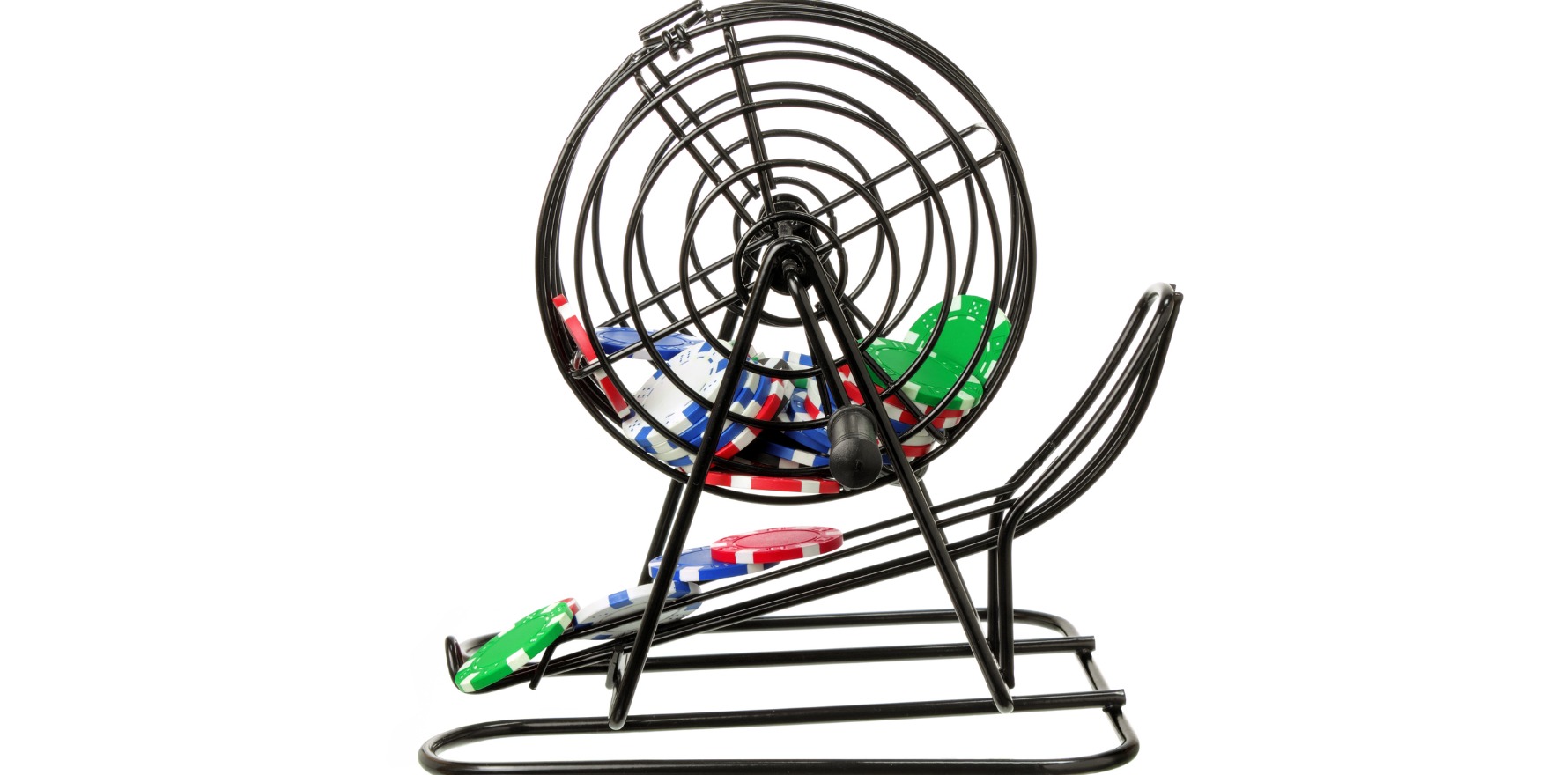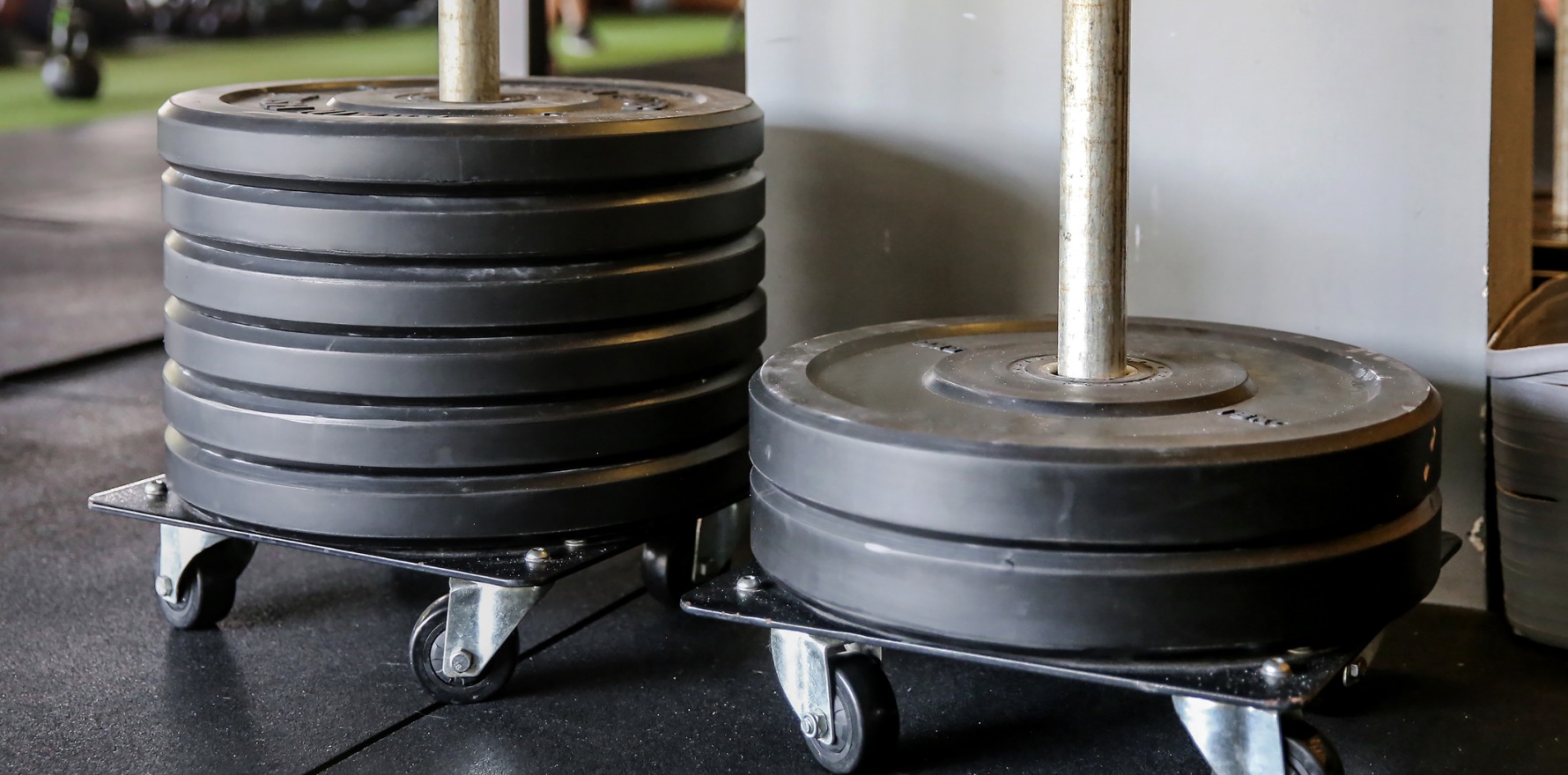While it’s likely practices in rural areas will be able to meet the bulk-billing threshold, practices in central and northern Sydney will feel the crunch.
Australia’s most populous state has finally released a plan to assist primary care with payroll tax, but some areas of the state will find it easier to take up than others.
Announced as part of yesterday’s state budget, the NSW payroll tax deal for GPs will do two things.
First, it will wipe any retrospective debts incurred by payments to contractor GPs who are deemed employees under clarified payroll tax provisions.
From the announcement, it appears that this will apply automatically and across the board like in the ACT and Victoria; clinics won’t need to put their hands up for it like in South Australia and Queensland.
Effectively all clinics and GPs will be starting with a clean payroll tax slate from September.
This will be enshrined in legislation, so there can be no takesy-backsies from the next government.
That was the good part.
The less good news is that medical centres which have contracted GPs will, in instances where those contracts are such that the medical centre is deemed as the employer, be required to start paying payroll tax.
Of these clinics, the ones that bulk bill more than 80% of patients in metro Sydney or 70% in rural areas will be able to access a payroll tax rebate. Bulk-billing rates are normally determined as a percentage of services.
It’s not clear yet how much of the tax bill this rebate will cover.
According to accountant David Dahm, it’s a sneaky way for the state government to bend GPs to its will.
“In one year’s time, people won’t be worried about whether they were subject to payroll tax for the last five years, they’ll be worrying about the true cost of overheads having gone up a notch and they’re always going to be watching their back about bulk-billing rates,” he said.
“I don’t think doctors like that oversight, particularly when the college says you should be free to set your fee.”
In theory, at least half of the practices across the state should qualify for the rebate; as of the March quarter of this financial year, the average bulk-billing rate across NSW was 81.6%.
Broken up by primary health network though, the story is a little different.
In terms of the metro areas, practices in the Central and Eastern Sydney PHN and the Northern Sydney PHN are potentially in hot water.
These include suburbs like Darlinghurst, Bondi, Newtown in the central and east division, and Mosman and Lane Cove to the north.
The GP non-referred attendances bulk-billing rate in those PHNs were 77.1% and 70.5% respectively, falling well below the 80% cutoff.
This means that more than half of the GP clinics in those areas will be up for a hefty payroll tax bill in September if they don’t either bring up their bulk-billing rates or reorganise their structure in such a way that the clinic is considered an administrative entity rather than an employer.
Related
Practices in the two other metro Sydney PHNs – Western Sydney and South Western Sydney – may not be up for such a drastic change.
Western Sydney PHN boasts a 93.1% bulk-billing rate while South Western Sydney PHN has Australia’s highest bulk-billing rate at 93.7%.
The suburbs covered by these regions include Blacktown, Parramatta, Mount Druitt, Bankstown and Campbelltown.
With the higher rates, it’s likely that a good deal more practices in these regions will qualify for the tax rebate without having to make major adjustments to their bulk-billing levels.
The good news is that none of the non-Sydney primary health networks have an average bulk-billing rate below 70%, meaning most of the state’s rural and regional doctors should be able to claim the tax rebate if they keep bulk billing at current levels.
Practices in the Nepean Blue Mountains PHN are arguably in the best position; the bulk-billing rate in that area is already at 90.7%.
The most marginal region is Hunter New England and Central Coast PHN, where the bulk-billing rate is just over the threshold at 72%.
In reality, Mr Dahm said, it’s likely that even the practices that already have high bulk-billing rates will want to increase them to be sure they meet the threshold.
“You’re probably going to try and bulk bill 90%, just to have a … 10% [leeway],” he said.





